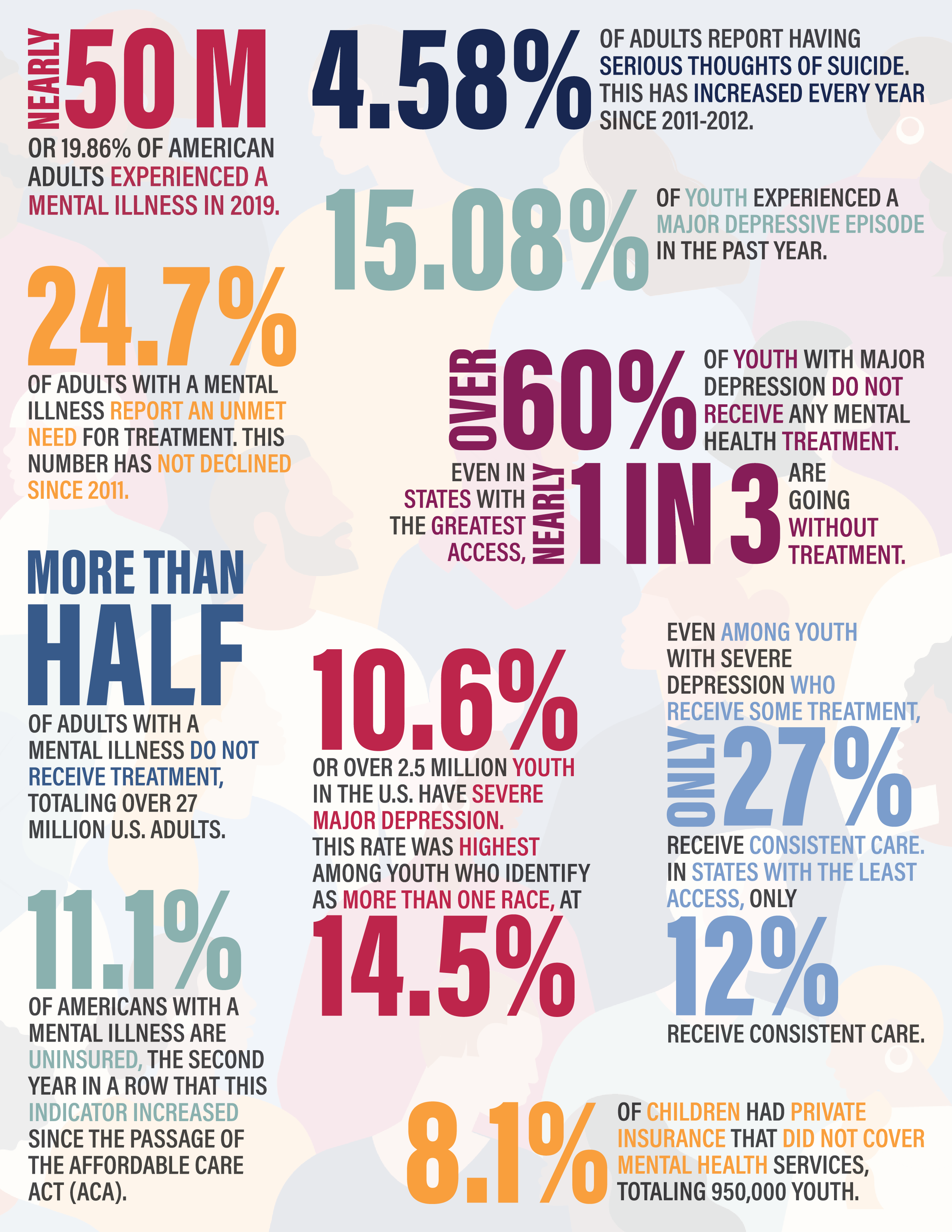Behavioural Health challenges are on the rise and have been for decades.
Coronavirus has shifted popular opinion and understanding of how important health is.
Perhaps still to be understood is the exact prevalence and impact of a variety of health challenges being experienced by clients; on the work of coaches, therapists, psychotherapists and those helping others with their life changes and challenges.
This page is an overview of some of the main data on these challenges, in some selected areas of the world.
COVID 19: There are serious lags in time between reliable surveys and research into mental health issues. The data below is drawn from latest reliable sources but almost all of these are pre Covid 19 pandemic. Estimates vary as to how much the pandemic has affected these figures and by what order of magnitude.
SCROLL DOWN TO READ MORE
Mental Health in the UK
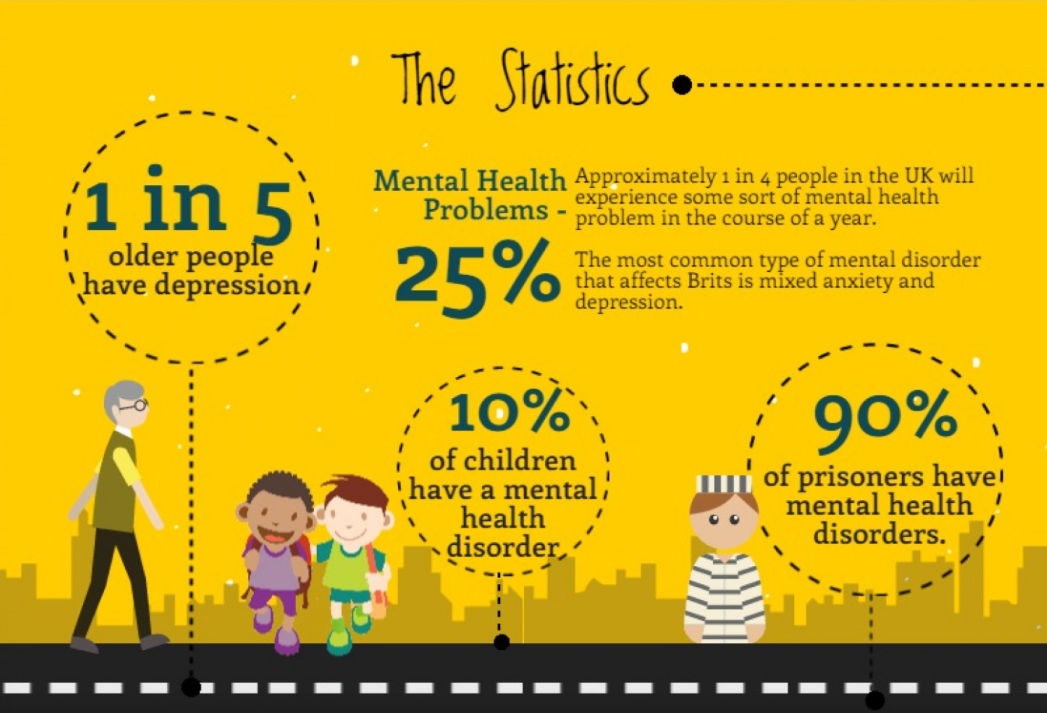
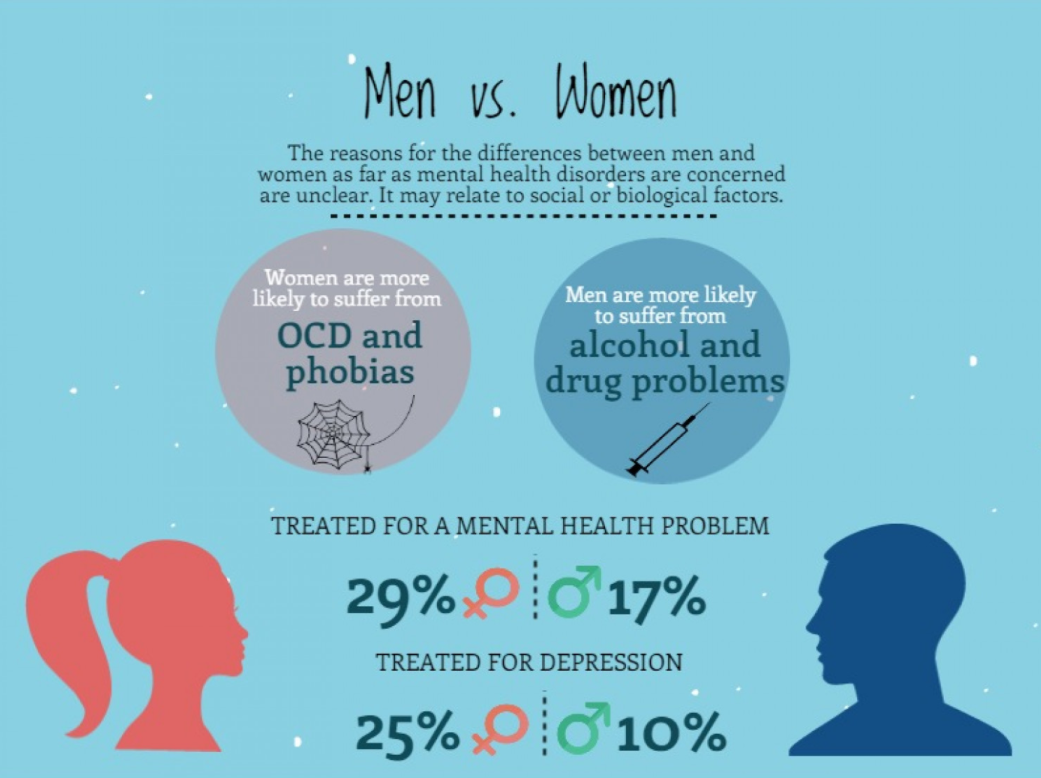
Sources
1. england.nhs.uk, 3. gov.uk, 4. centreformentalhealth.org.uk, 5. gov.uk, 6. gov.uk , 7. archpsyc.jamanetwork.com, 8. ons.gov.uk, 9. ncbi.nlm.nih.gov, 10 kclpure.kcl.ac.uk
Mental Health in the world - summary
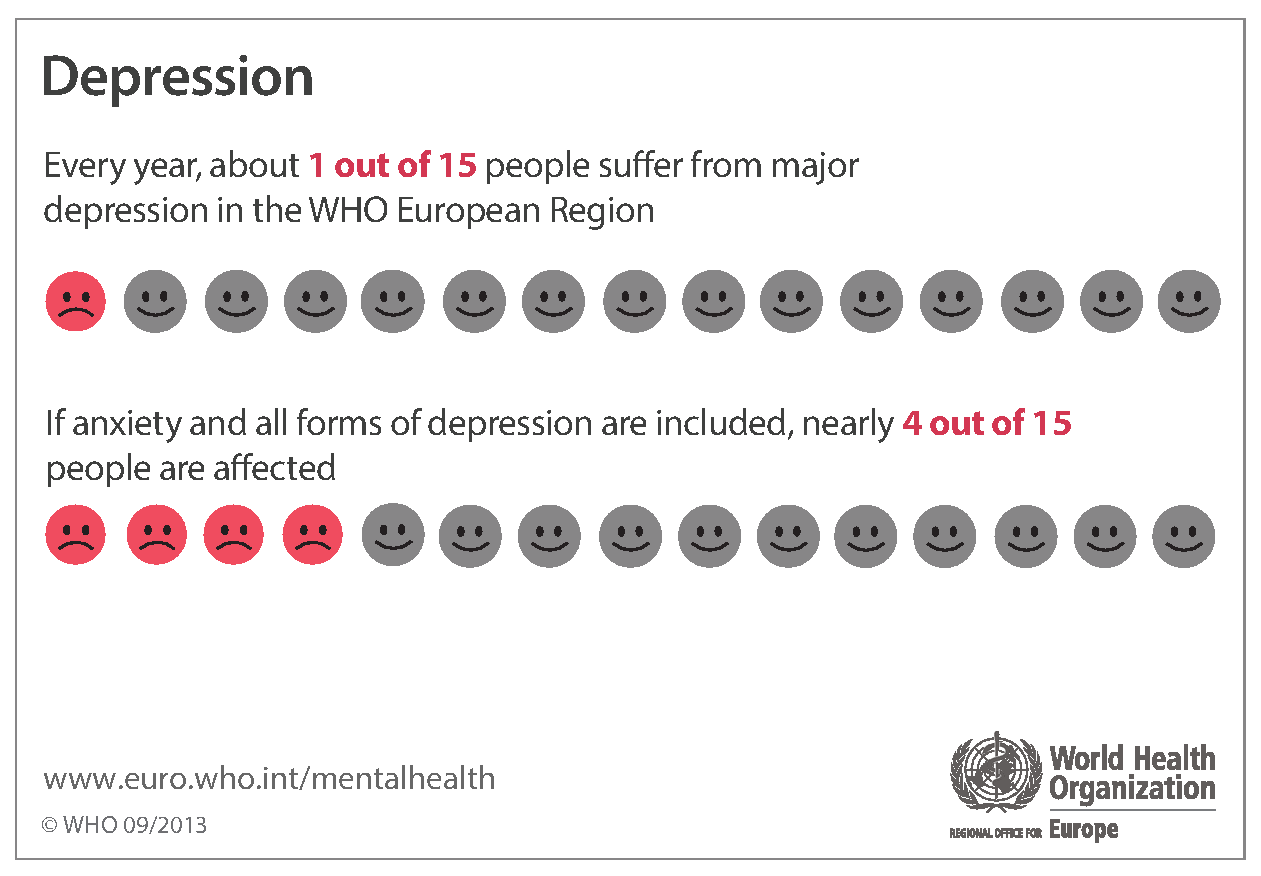
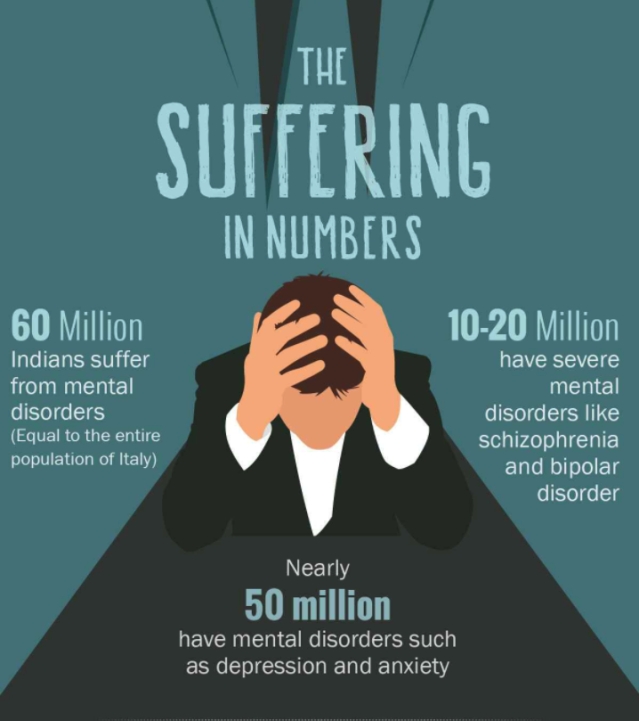
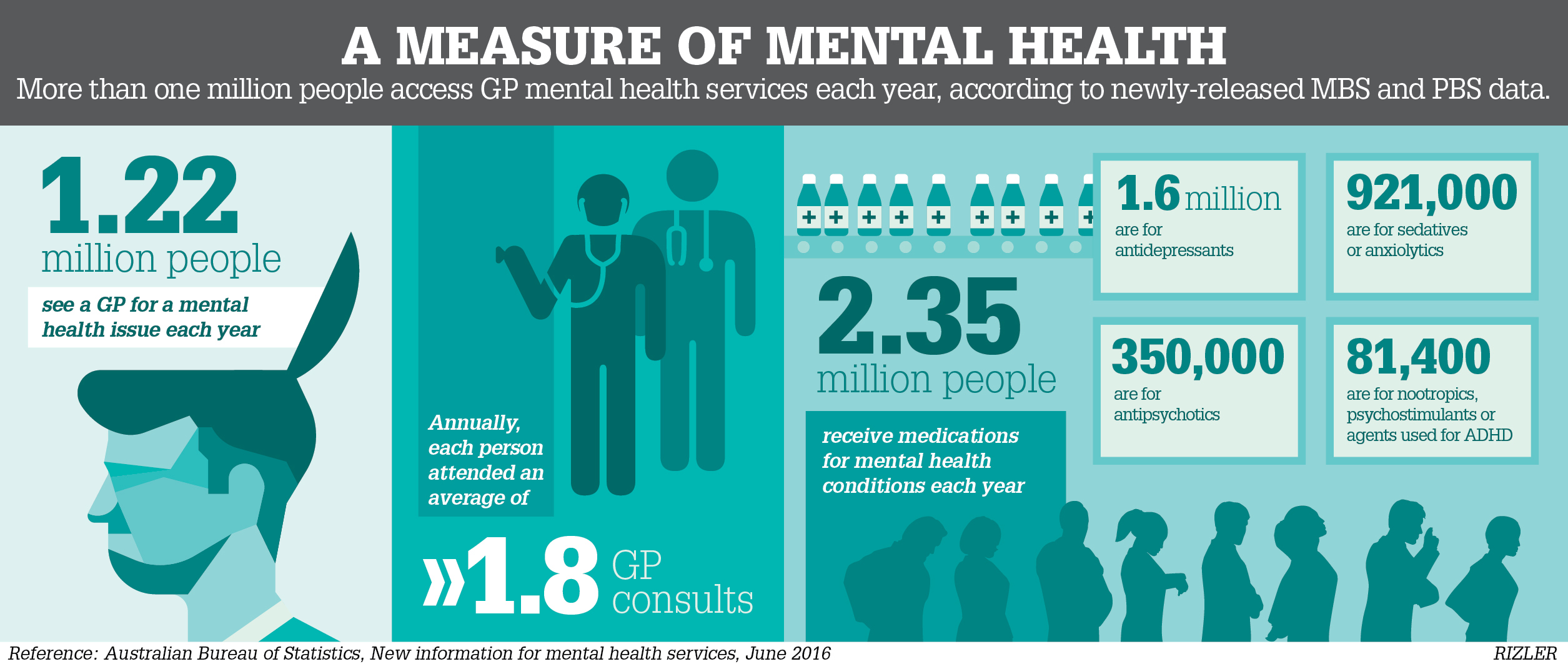
Alcohol and Substance Use / Misuse - UK
In 2016, the prevalence of hazardous drinking among men in England was 24% of adult males (over 16yrs) approx. 4.8 million people Sources: Drugwise

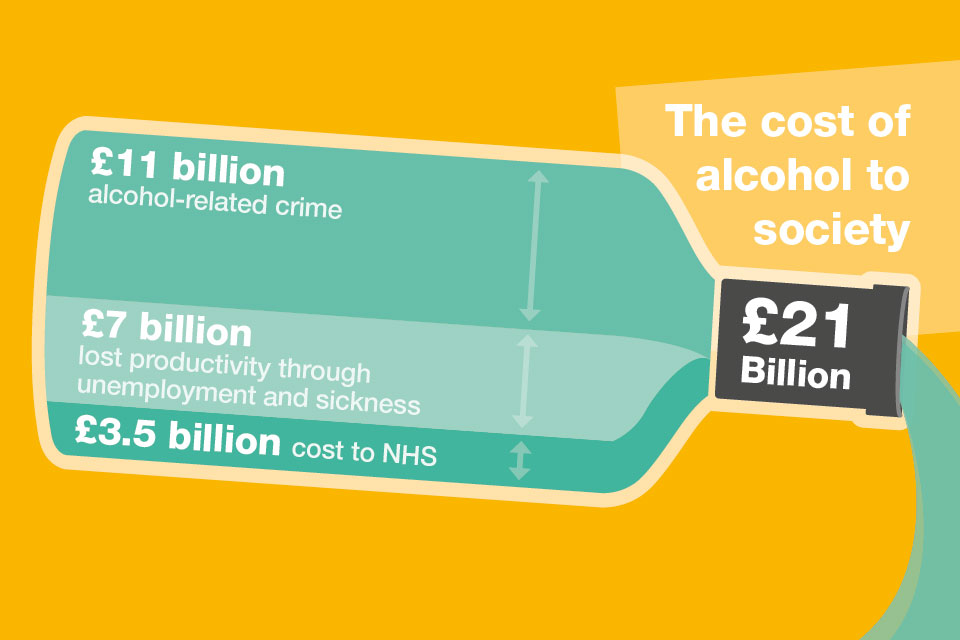
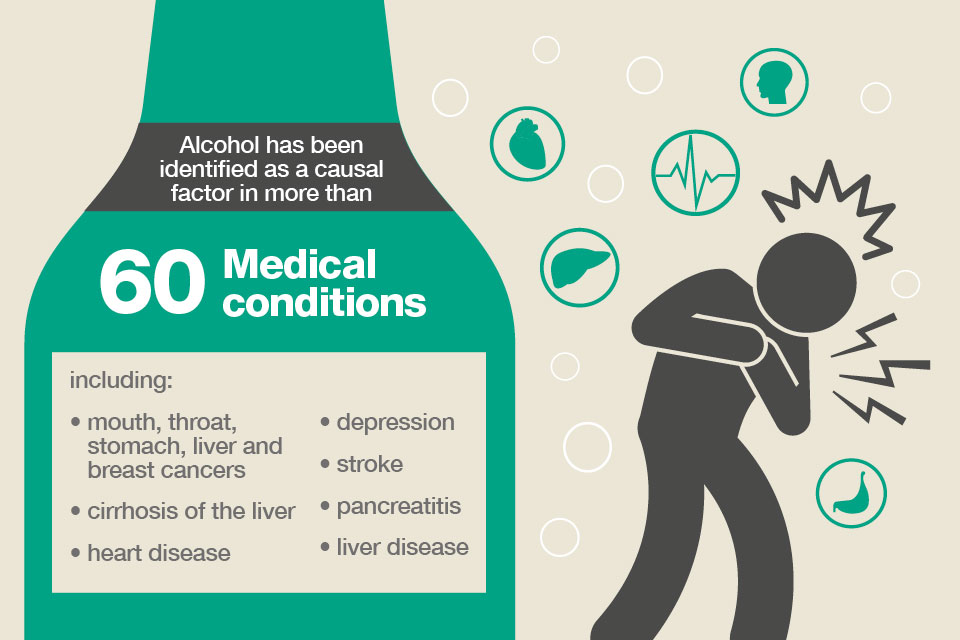
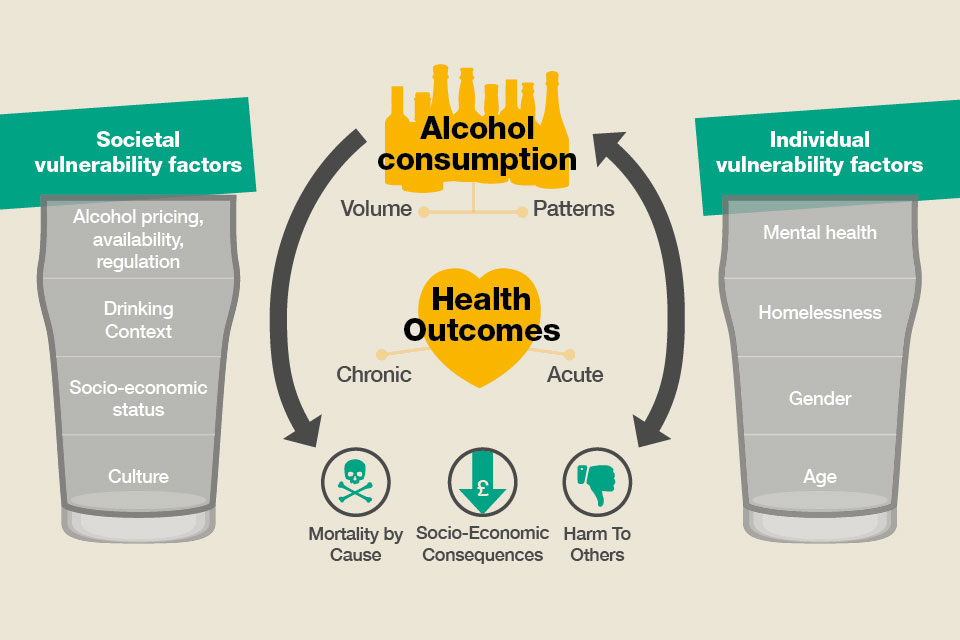
1. england.nhs.uk, 3. gov.uk, 4. centreformentalhealth.org.uk, 5. gov.uk, 6. gov.uk , 7. archpsyc.jamanetwork.com, 8. ons.gov.uk, 9. ncbi.nlm.nih.gov, 10 kclpure.kcl.ac.uk
Alcohol and Substance Use / Misuse - US
In 2019, about 20 million people in the United States had a substance use disorder in the past year, according to the most recent data report. Data for 2020 has not yet been released. Sources: AddictionResource
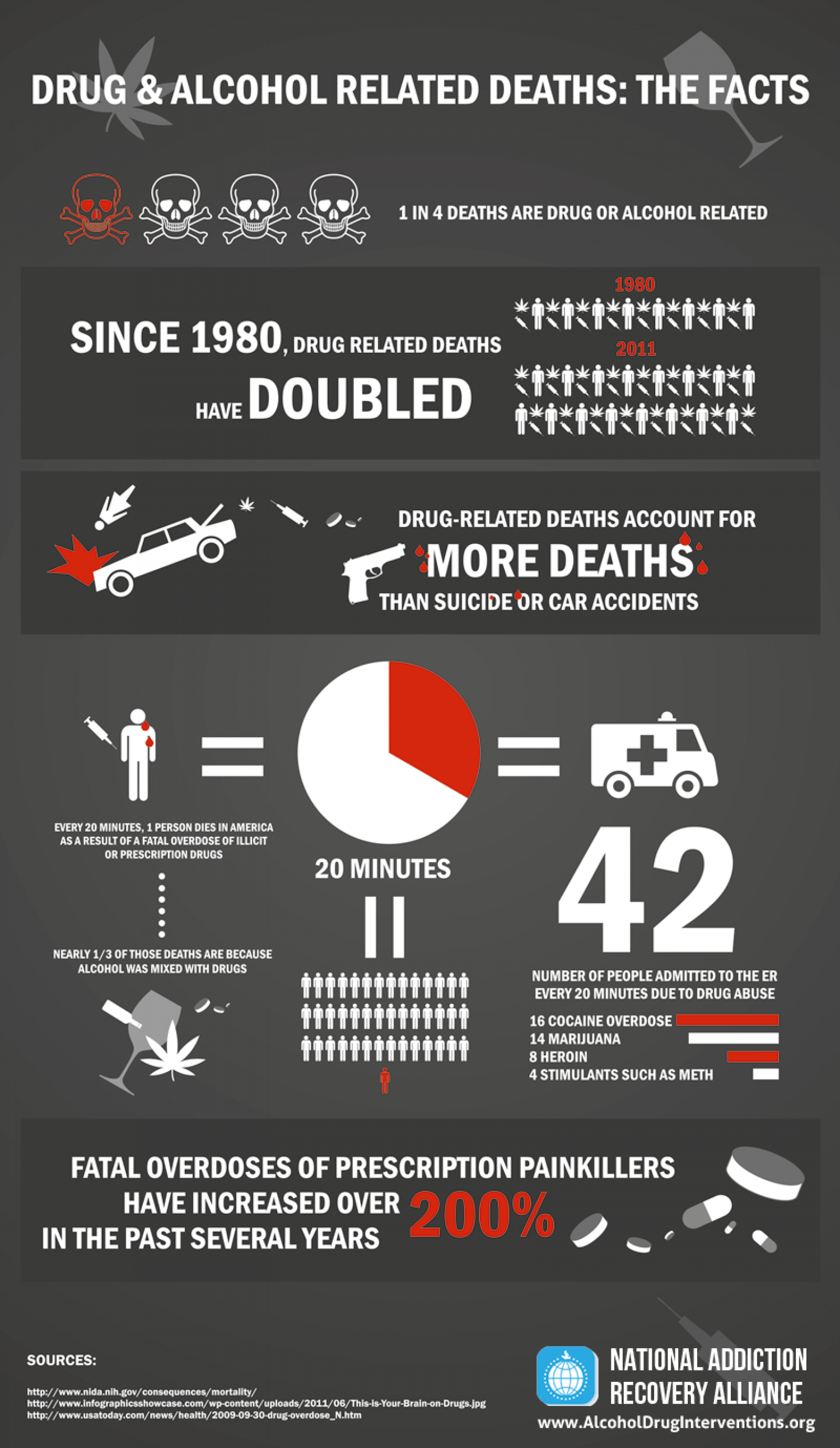
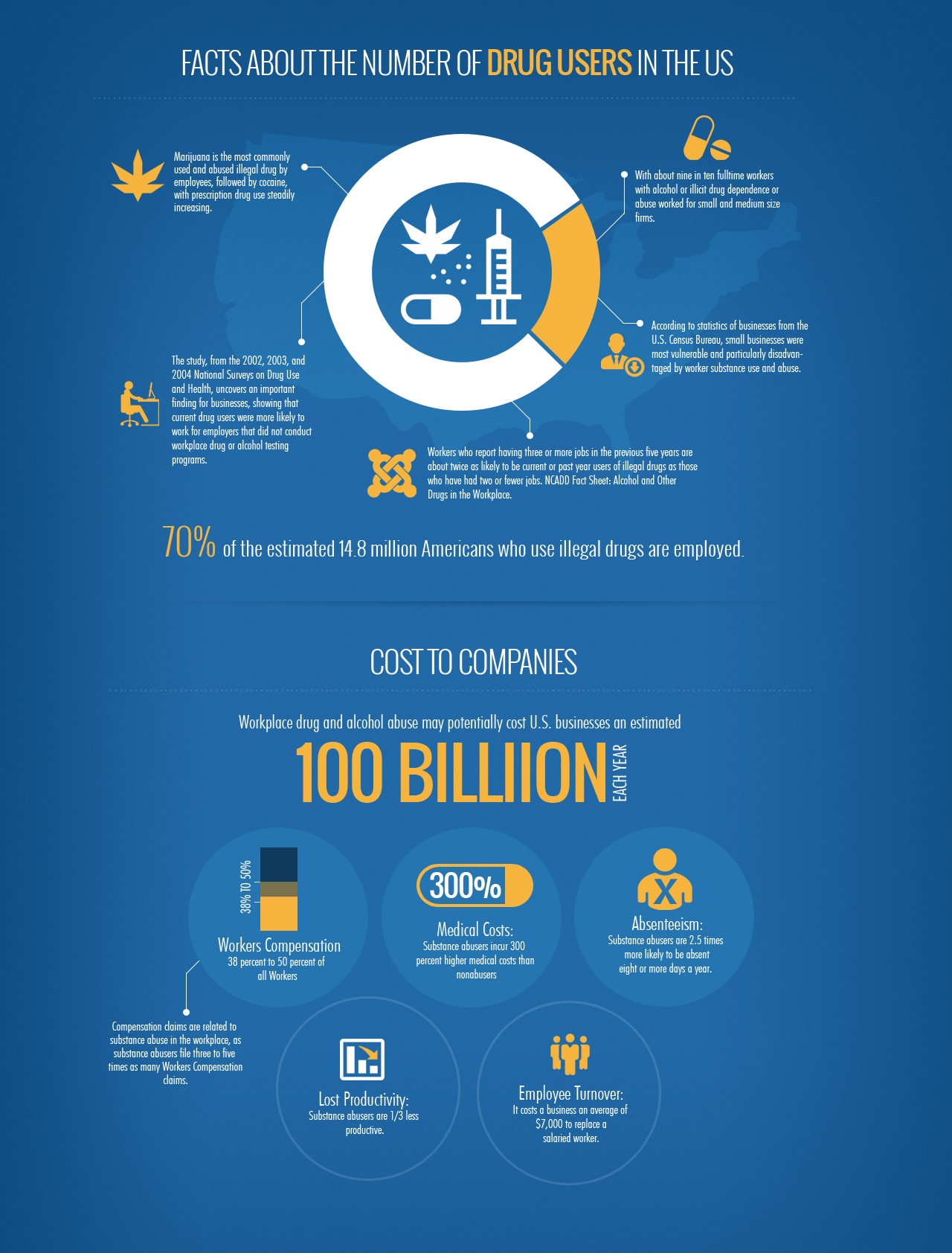
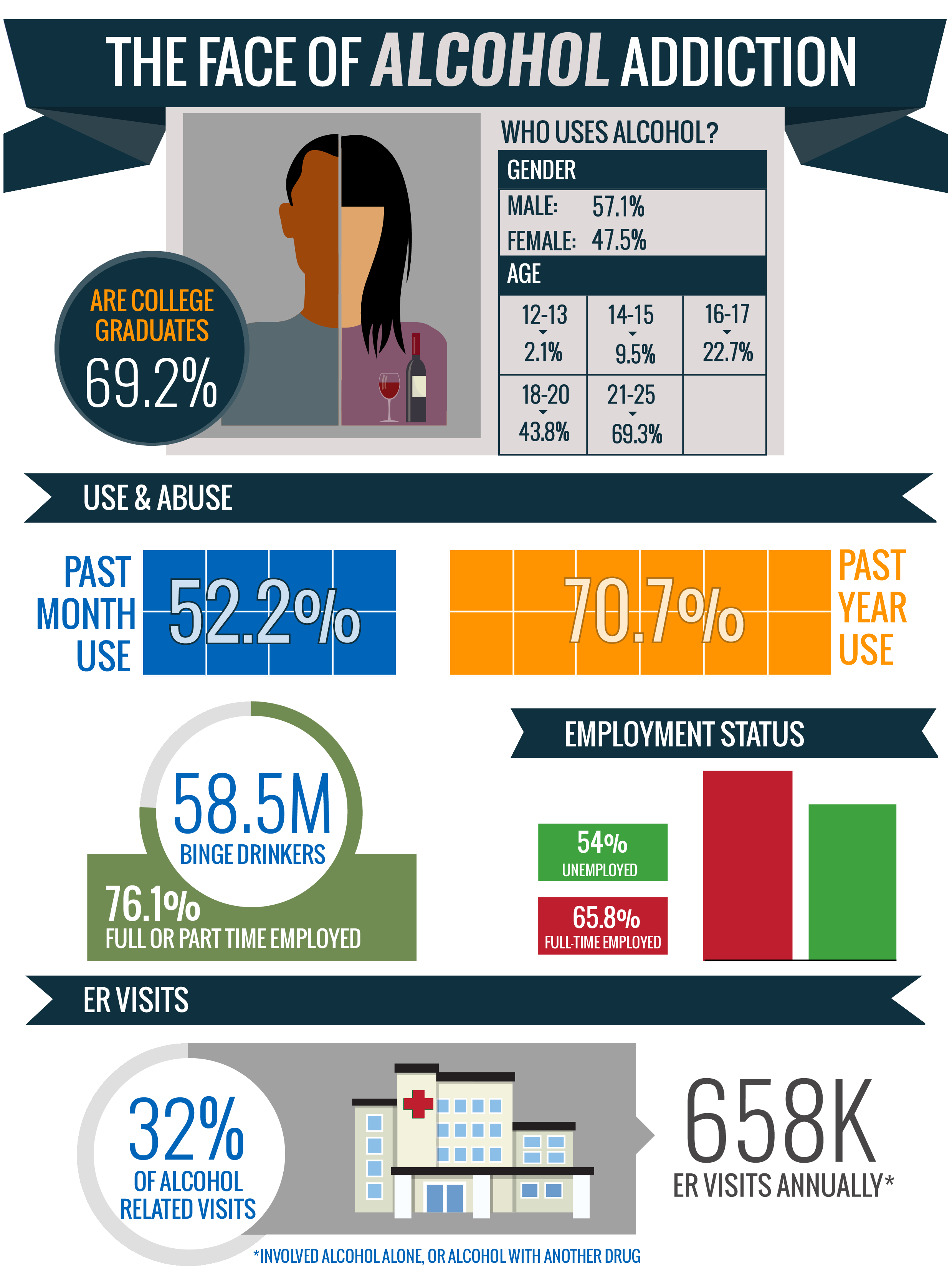

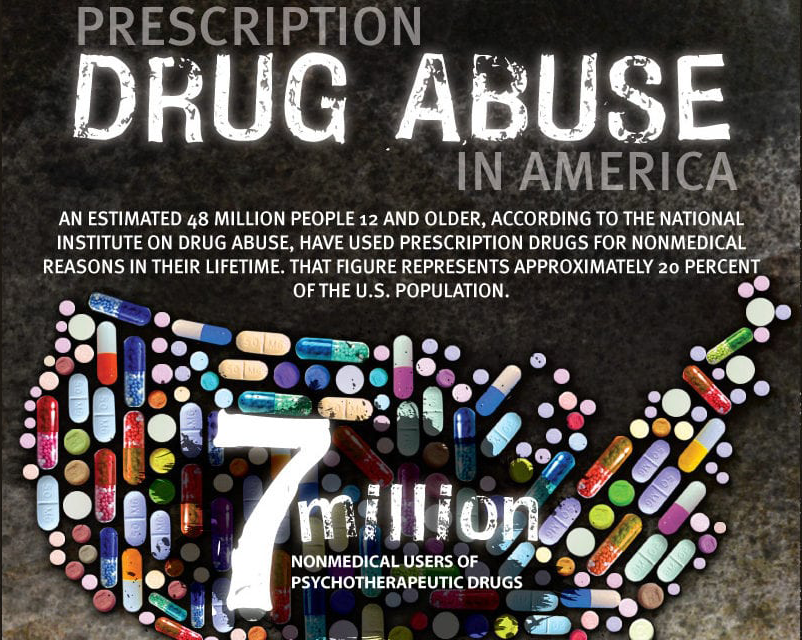
Obesity / Overweight
There is no ‘cure’ for being severely overweight or obese other than than consistent lifestyle change
Over 70% of Americans adults are either overweight or obese Source: OWID
39% of adults in the world are overweight or obese Source: OWID
and in Canada 67% Source: OWID
Globally, 8% of deaths in 2017 were the result of obesity Source: OWID
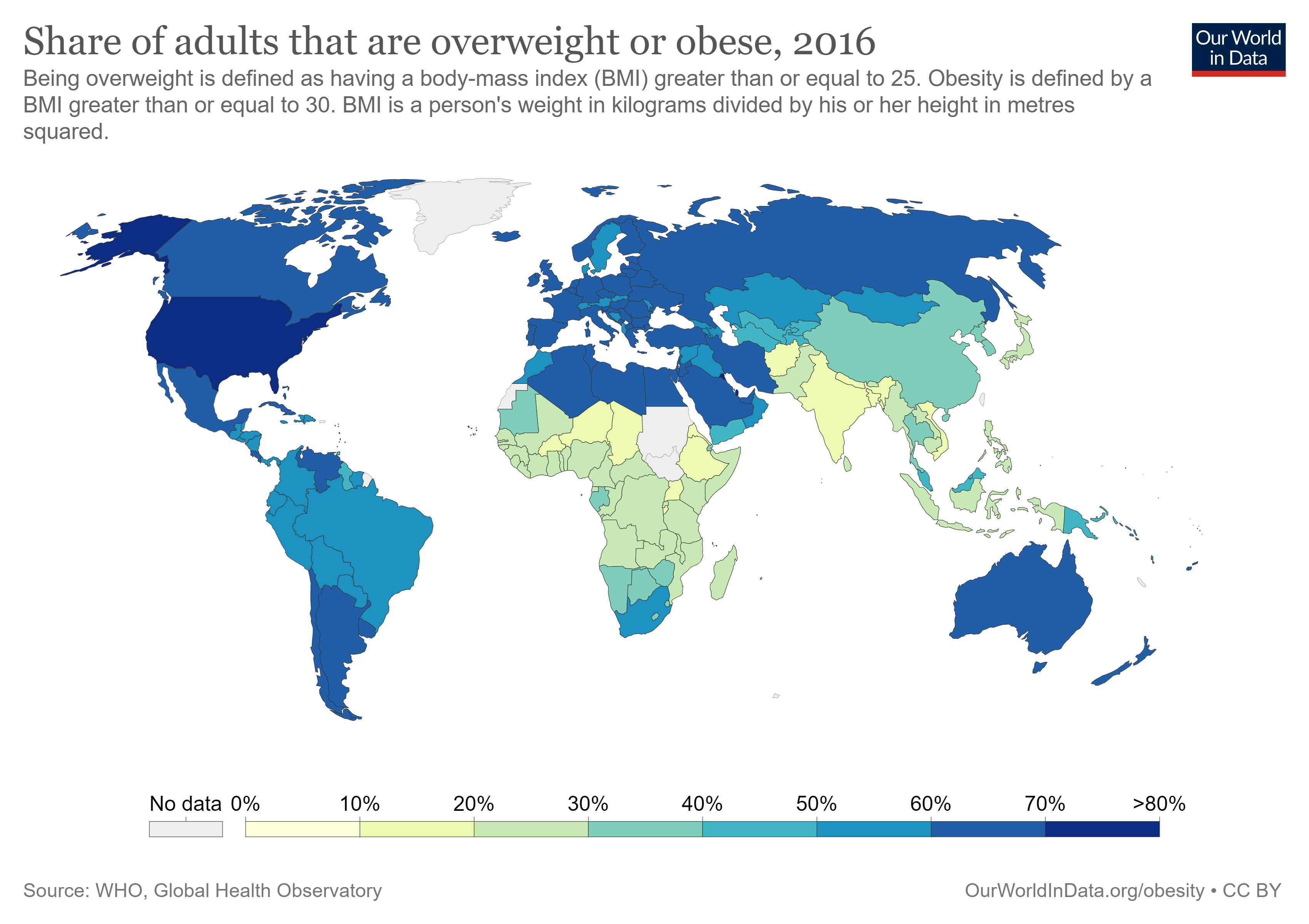
Diabetes in North America and the Caribbean
48 million adults (20-79) are living with diabetes in the IDF North America and Caribbean Region in 2019. This figure is estimated to increase to 63 million by 2045.
The national cost of diabetes in the U.S. in 2017 was more than $327 billion, up from $245 billion in 2012
From 2020 to 2030 the total cost of Diabetes Treatment and Societal Costs including lost productivity JUST IN THE US is estimated at more than $3.5 TRILLION USD
Diabetes in the UK
The recently published NHS Digital report calculated the cost to the health service of treating diabetes at a record £1.07 billion for the period 2018/19 Sources: NHS Digital
Diabetes across the world
Diabetes and Obesity continue to rise in regions around the world.
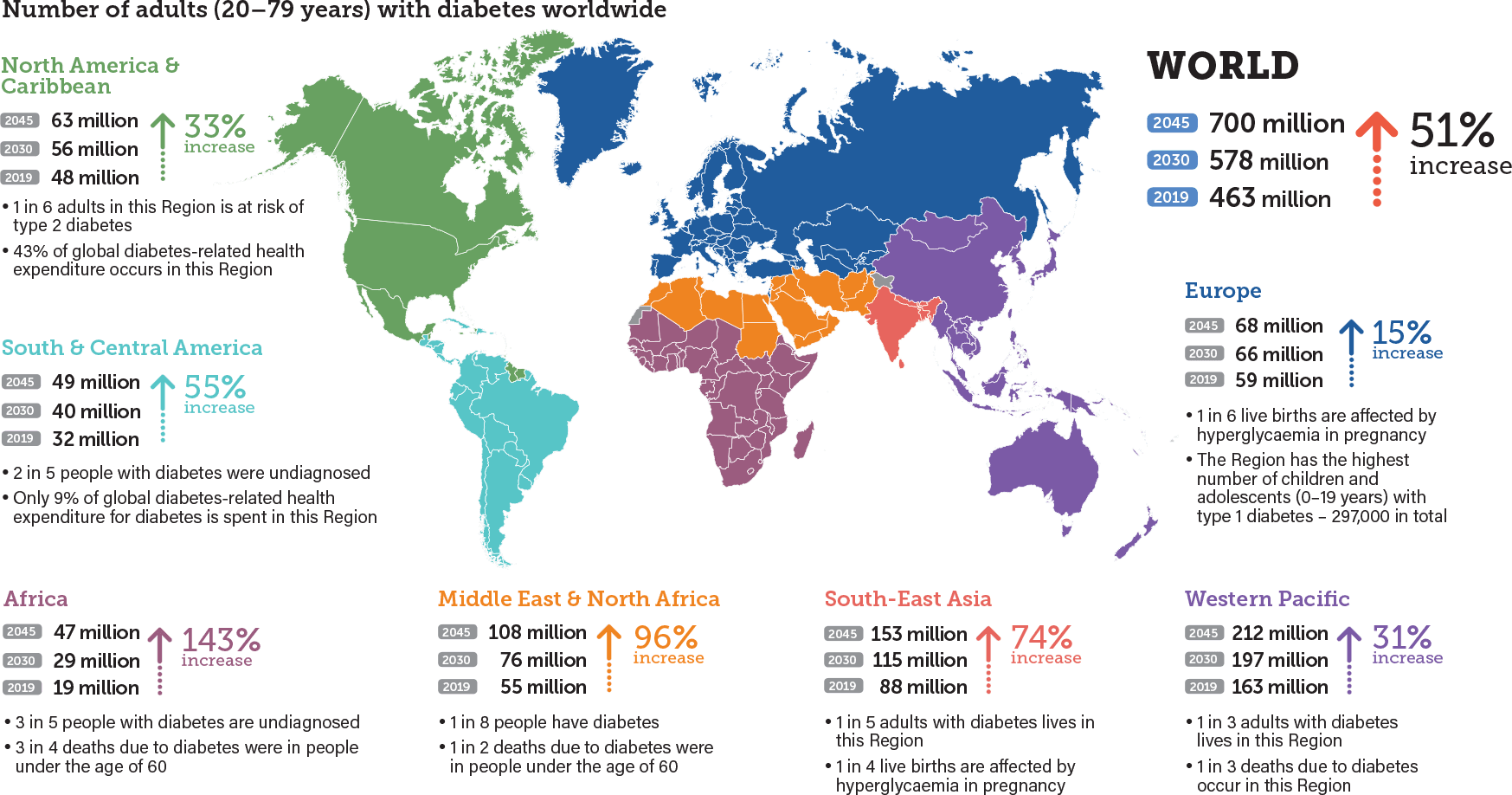
“Our mission by is to develop a worldwide community of Recovery and Wellness Coaches & Associated Practitioners supporting individuals, organisations, businesses and communities in their Recovery and Wellness”

founder FRC Coach Academy
Join our Family
We will keep you updated & Connected

